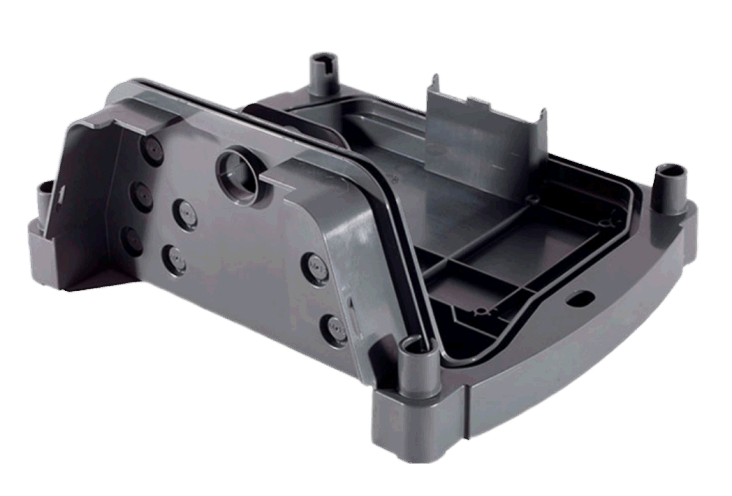CNC Machining Design Tips Greater Vancouver (Communities - Services Offered)

CANetAds > Communities > Services Offered
Item ID 4259171 in Category: Communities - Services Offered
CNC Machining Design Tips Greater Vancouver | |
The Design Tips section serves as a practical resource for designers and engineers who need to optimise their parts for manufacturability. Drawing on sound principles of design‑for‑manufacturing (DFM), it addresses key decisions you make in CAD, material choice, geometry and finishing that directly impact cost, quality and lead time. What the Section Covers The section provides guidance across multiple manufacturing processes — such as sheet metal fabrication (including bending, hole spacing, bend radius) Naxtry and welding (joint design, weld access, distortion) Naxtry . Although each article targets a specific process, the underlying focus remains consistent: help you design parts that manufacturers can produce smoothly and affordably. Key topics include: Material selection: Picking the right metal, plastic or elastomer, understanding its limits and how it interacts with manufacturing. Naxtry +1 Geometric constraints: Features such as minimum wall thickness, bend radii, clearance and hole spacing. These affect cost, toolability and production risk. Naxtry +1 Manufacturing‑friendly design: Designing with the process in mind — for example, giving adequate tool access in a weld or accounting for spring‑back in sheet metal bending. Naxtry +1 Cost optimisation and waste reduction: Layouts, nesting, standard tooling sizes, avoiding overly complex features — all help reduce waste and cost. Naxtry Why It’s Helpful for You If you’re designing parts that will be produced via CNC machining, sheet metal fabrication or welding, this section helps you avoid common pitfalls. For example: You’re alerted to features that look fine in CAD but are costly or slow to manufacture. You’ll better understand how design changes affect material waste, setup time, tool wear and hence cost. You’ll reduce iterations caused by design‑manufacture mismatches or downstream manufacturing surprises. By designing with manufacturability in mind, you align with the principle of authority (designers trusting professionals who understand production), and consistency (you follow best practices and stay aligned throughout project). How It’s Structured & Used Articles are clearly targeted and themed (e.g., “Design for Sheet Metal Fabrication: Key Considerations” or “Design Tips of Welding”). You’ll typically find: A brief intro explaining why the topic matters. A list of guidelines or “tips” (e.g., for weld access, joint type, tool clearance) Naxtry +1 Practical considerations and explanations of how those guidelines apply to real‑world parts (e.g., tooling limits, distortion risk). Emphasis on collaborating with the manufacturer early and aligning design expectations. Limitations & Things to Check Although the tips are very practical, they may assume a certain level of knowledge (you should know basic manufacturing terms). The advice is general; for highly specialised parts (medical, aerospace, extreme environments) you’ll need more process‑specific or material‑specific deep dives. Some tips might emphasise North‑American or typical industrial manufacturing setups; if you’re manufacturing in a different context (for example, small‑batch overseas) you may need to adjust for local tooling or process differences.  | |
| Related Link: Click here to visit item owner's website (0 hit) | |
| Target Prov.: British Columbia Target City : Greater Vancouver Last Update : Oct 24, 2025 12:30 AM Number of Views: 23 | Item Owner : jems Contact Email: Contact Phone: (None) |
| Friendly reminder: Click here to read some tips. | |
CANetAds > Communities > Services Offered
© 2025 CANetAds.com
USNetAds.com | GetJob.us | UKAdsList.com | AUNetAds.com | INNetAds.com | CNNetAds.com | Hot-Web-Ads.com | USAOnlineClassifieds.com
2025-10-25 (0.380 sec)